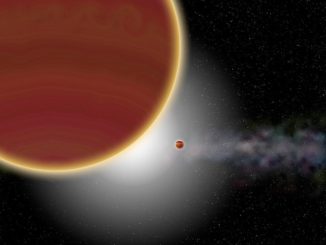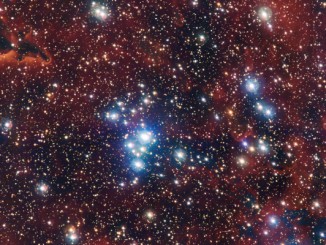
ESO’s La Silla Observatory






Unexpected changes of bright spots on Ceres discovered
New and very precise observations using the HARPS spectrograph with the ESO 3.6-metre telescope in Chile have not only detected the motion of the enigmatic bright spots on Ceres due to the dwarf planet’s rotation about its axis, but also found unexpected additional variations suggesting that the material of the spots is volatile and evaporates in sunlight.

The lives of sibling stars in open cluster IC 4651
Most stars form within clusters and these clusters can be used by astronomers as laboratories to study how stars evolve and die. The cluster captured here by the Wide Field Imager (WFI) at ESO’s La Silla Observatory is known as IC 4651, and the stars born within it now display a wide variety of characteristics.

First detection of element lithium from an exploding star
The chemical element lithium is predicted to have been created by the Big Bang, 13.8 billion years ago. Observations of Nova Centauri 2013 show that lithium has been found for the first time in material ejected by a nova, helping to explain the mystery of why many young stars seem to have more of this chemical element than expected.

